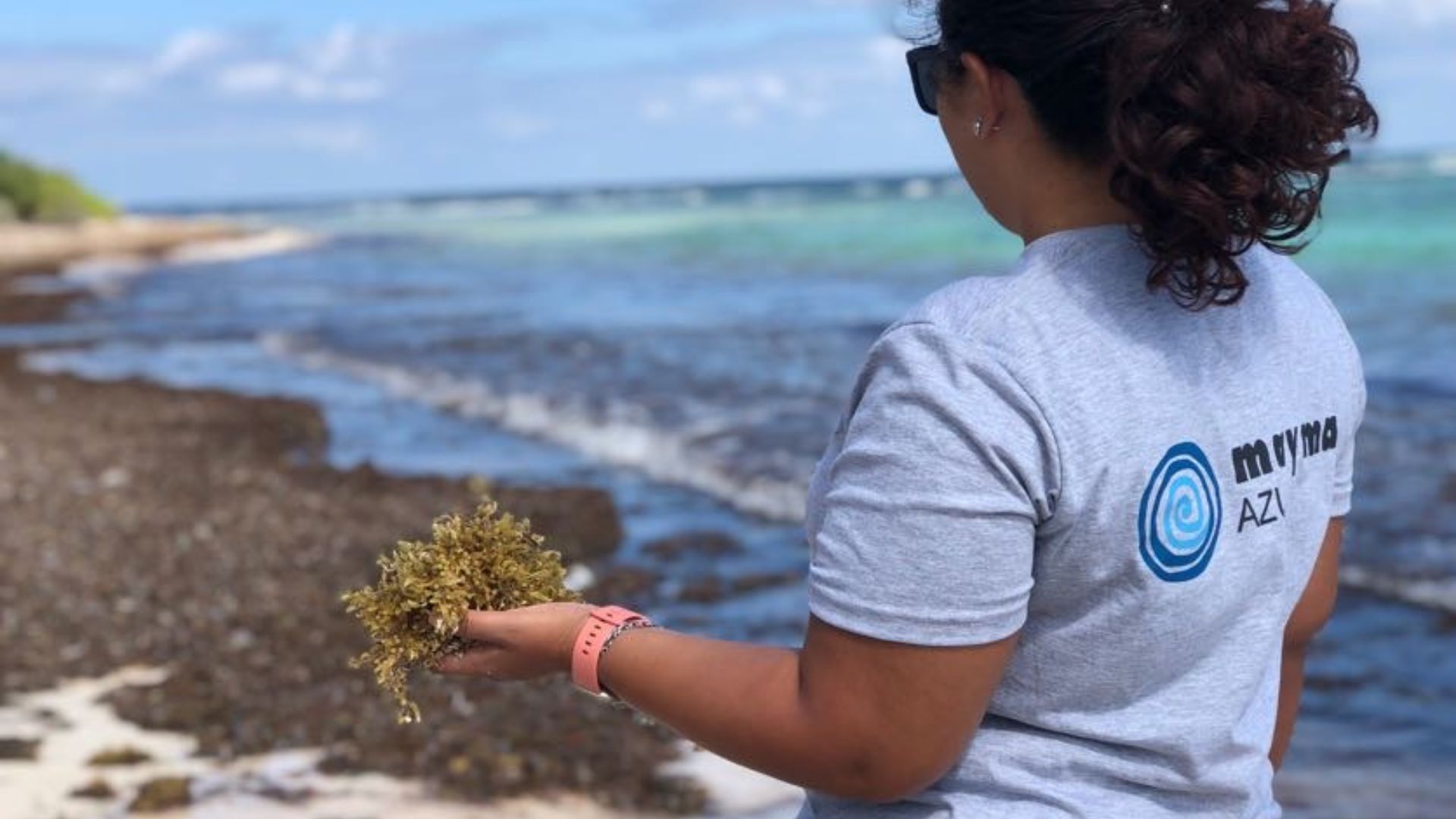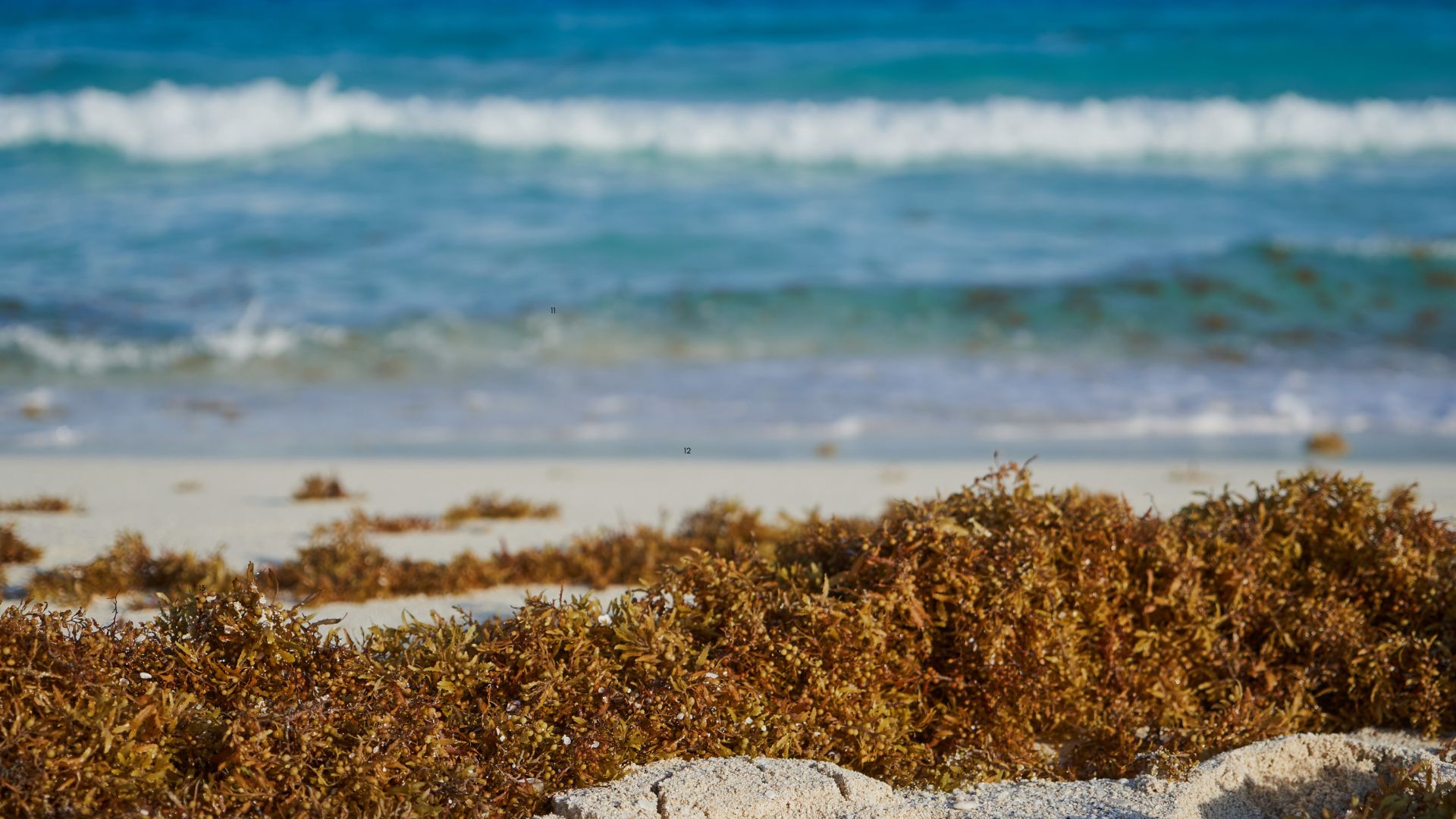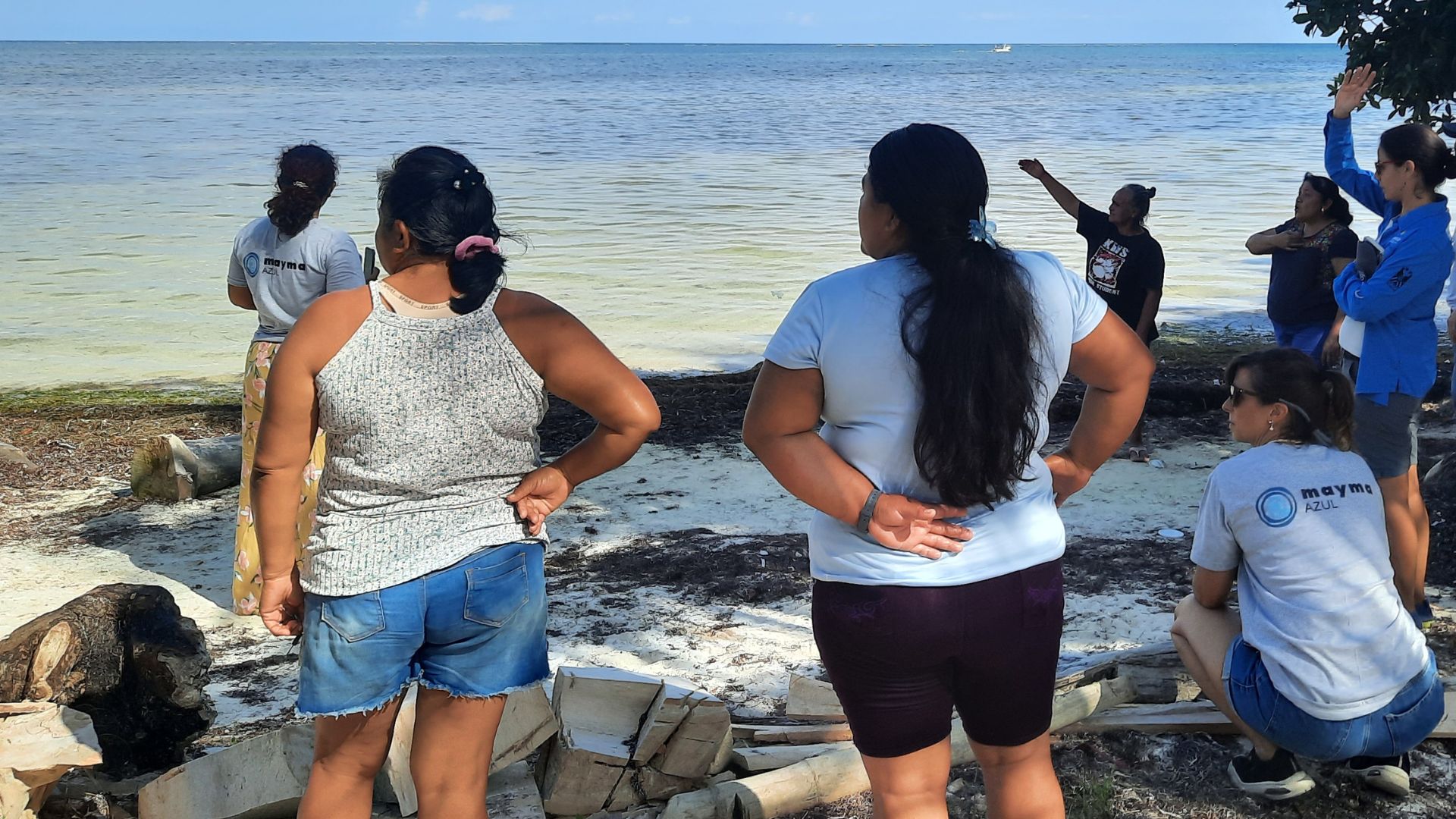The Potential of Sargassum on the Coasts of Quintana Roo, Mexico



Sargassum, a type of seaweed that has been washing up in large quantities on Caribbean coasts and other regions, has become a growing environmental, economic, and tourism concern in recent years. Its massive proliferation affects marine biodiversity, impacts tourism, and creates management challenges for coastal communities. However, this crisis has also opened the door to innovative and sustainable solutions for its utilization. Below, we explore key aspects of the sargassum phenomenon and potential solutions.
Key Points
- Causes of the increase in sargassum
Factors such as climate change, nutrient pollution, and changes in ocean currents have contributed to the excessive growth of this seaweed in various parts of the world. - Environmental and economic impacts
The accumulation of sargassum on beaches harms marine life, creates unpleasant odors, and disrupts tourism—an essential source of income for many coastal communities. - Solutions underway
A range of strategies have been developed to manage sargassum, including ocean barriers, collection efforts, and its transformation into products such as bioplastics, fertilizers, and biofuels. - Sustainable opportunities
Businesses and organizations are exploring innovative ways to turn sargassum into a valuable resource, promoting the circular economy and creating new job opportunities. - Importance of international cooperation
As sargassum is a transboundary issue, collaboration among governments, scientists, and the private sector is key to developing effective and long-term sustainable solutions.
While sargassum represents a significant environmental challenge, it also offers a unique opportunity to innovate and develop sustainable business models that help mitigate its negative effects.
Download the full report at the following link:
https://drive.google.com/file/d/1yeEHObpM7XJoHUruYsHxfuQIwllB1JPp/view
